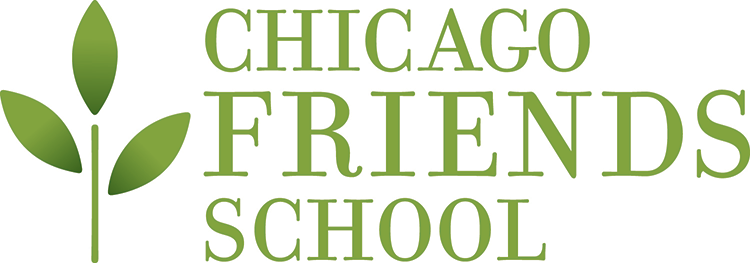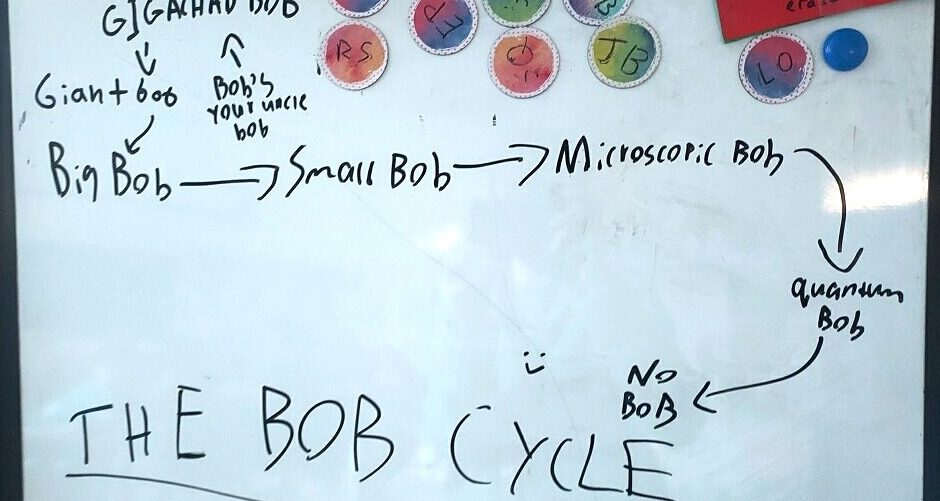During a social-emotional learning lesson on revenge recently, I asked students to think about a time when they felt very upset and wanted to get back at someone. I asked them to think about what feelings they had in the situation. I called on one student who said that it felt like “Big Bob.” It was the afternoon on a Friday and students were tired and a bit goofy. I wanted them to take the work seriously, but I did not want to interrupt the lesson to have a stern conversation about doing so, and also thought it likely that a stern conversation would not increase the level of engagement. Instead, I decided to accept the “big” part of “big Bob” as having big emotions and continue with the conversation.
Later on in the lesson, after having watched a video of a student in a frustrating situation who could have been tempted to get revenge, I asked the students what they noticed that the student did. The same student responded that the person in the video “turned his big Bob into a small Bob.” I realized that what had at first seemed like a goofy comment was, whether it was intended as such the first time or not, now being used as an incredibly useful insight about the topic we were discussing. I decided to pick up the language they were using, and ask “And what strategies did this character use to turn his big Bob into a small Bob?” Students smiled, and their engagement immediately went up when they heard this language repeated. I used the phrase a few more times during the lesson, and students started using it as well, talking about Big Bob to refer to intense emotions and a desire for revenge and about Small Bob to refer to a calmer state and an ability to control emotions. By the end of the lesson, students were excitedly mapping out a scale of different levels of Bob on the board.
After the lesson, I reflected on how much of a difference “Big Bob” had made in terms of the level of engagement and students’ retention of what we were learning. While the lesson otherwise would have been one that students would have been able to grasp and likely could have recalled some aspects of, “Big Bob” made it into one that they had a much stronger understanding of and one that they are much more likely to remember and be able to apply to other situations. Creating space to incorporate students’ own words and language into the lesson gave students a level of agency over the work. Rather than the lesson being knowledge that was handed down to them by a teacher, students were active participants in creating the lesson and the learning. The lesson showed them that not only was the material important, but also the way that they took it and made it their own was of value.
As a class, we listened to the Black national anthem, “Lift Every Voice and Sing,” several weeks ago and discussed what the song has to do with equity and equality, as well as what kind of world it envisions. While the themes and messages of that song are, of course, very different from what happened during the “Big Bob” lesson, the title/first line represents values that are very important to me. I am so grateful for the students’ voices at Chicago Friends School, and grateful for opportunities I have to lift their voices.

